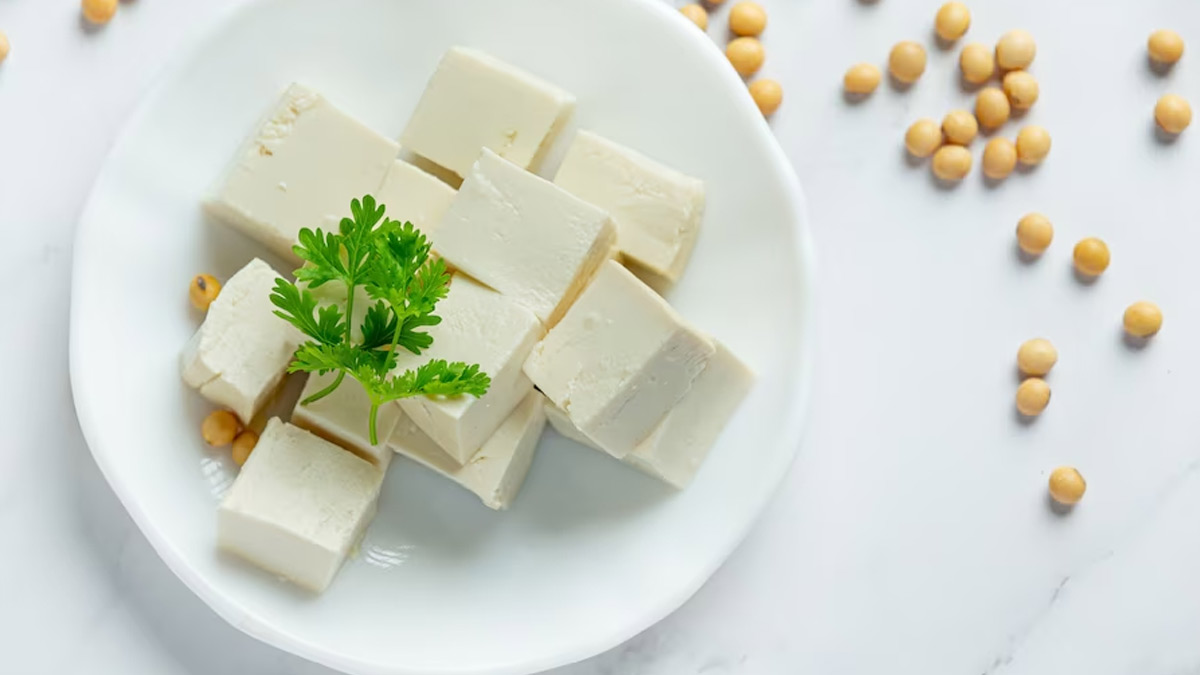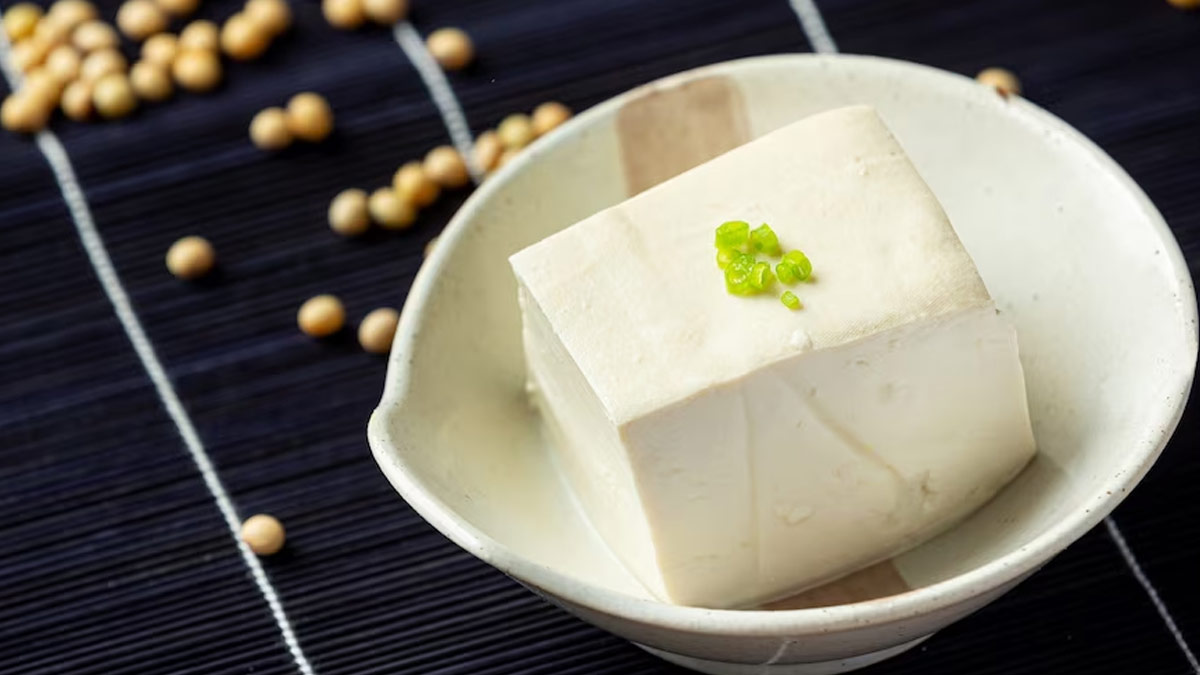
It is not possible that health fanatics across India have not heard of tofu yet. This Asian delight is an excellent source of plant-based protein, making it a stellar choice for vegetarians and vegans. Tofu is low in calories, contains no cholesterol, is a good source of unsaturated fats, contains dietary fibre, and also has antioxidant properties. ‘Tofu also contains all the essential amino acids your body needs and is rich in minerals and vitamins, including calcium, manganese, iron and vitamin A,’ informed the American Heart Association.
Table of Content:-
Benefits of Making Tofu At Home

There have been countless accounts now which should convince you that the maximum food that we purchase has been adulterated. That is why you could explore making tofu at home, especially if you want to include it in your diet to meet certain nutrition requirements. This way you can reap the maximum benefits of tofu and ensure that it fulfils your purpose of consuming it. Here are some additional health benefits of making tofu at home:
Also Read: This is why tofu is better than cottage cheese
- Quality Control: When you make tofu at home, you have complete control over the ingredients, ensuring that you use high-quality soybeans and coagulants. This eliminates concerns about additives or preservatives that may be present in store-bought tofu.
- Freshness: Homemade tofu is typically fresher than store-bought alternatives. Freshness can affect the taste and texture of tofu, making it more enjoyable for you to consume.
- Reduced Additives: Commercially produced tofu often contains stabilisers and other additives to prolong shelf life. Homemade tofu allows you to avoid these potentially unwanted ingredients.
- Customisation: Homemade tofu can be customised to suit your preferences. You can adjust the firmness, texture, and flavour to match your culinary needs and dietary requirements.
- Lower Sodium Content: Many store-bought tofu products are high in sodium. By making tofu at home, you can control the salt content, which is particularly beneficial if you are watching their sodium intake.
- Avoiding Allergens: If you have food allergies or sensitivities, making tofu at home allows you to eliminate potential allergens and cross-contamination risks.
- Food Safety: You can ensure proper hygiene and sanitation when making tofu at home, reducing the risk of foodborne illnesses associated with poorly handled or contaminated commercial products.
Step-By-Step Guide To Make Tofu At Home

While making tofu at home may require some practice and patience, the health benefits, control over ingredients, and the satisfaction of creating a staple food item from scratch make it worth it.
Ingredients
- 2 cups of dried soybeans
- 4 cups of water for soaking
- 6 cups of water for blending
- 1-2 teaspoons of Epsom salt or calcium sulfate (coagulant)
Equipment
- Blender
- Large pot
- Cheesecloth or tofu mould
- Colander or chalni
Steps
- Soak the soybeans: Place the dried soybeans in a large bowl and cover them with 4 cups of water. Let the soybeans soak overnight or for at least 8 hours.
- Blend the soybeans: Drain and rinse the soaked soybeans. In a blender, combine the soybeans and 6 cups of water. Blend until you have a smooth, creamy mixture.
- Cook the soy milk: Pour the blended mixture into a large pot. Heat it over medium-high heat, stirring constantly. Once it comes to a boil, reduce the heat and let it simmer for 5-10 minutes.
- Coagulate the soy milk: Dissolve 1-2 teaspoons of Epsom salt or calcium sulfate in 1 cup of warm water. Slowly add the coagulant mixture to the simmering soy milk while stirring gently. Turn off the heat and let it sit undisturbed for 15-20 minutes, allowing curds to form.
- Strain the curds and whey: Line a colander with cheesecloth or use a tofu mould. Carefully ladle the curds and whey into the colander. Let it drain for 15-20 minutes.
- Press the tofu: Fold the cheesecloth over the tofu and place a weight (like a heavy plate) on top. Press for 15-30 minutes, depending on your desired tofu firmness.
- Unmold and store: Carefully remove the tofu from the mould or cheesecloth. Store the tofu in a container filled with water in the refrigerator. Change the water daily to keep the tofu fresh.
You must have gotten some sense of how to make tofu at home. Do not be overwhelmed by this lengthy process because practice makes perfect. After trying your hand at making this nutritional powerhouse that offers a multitude of health benefits, you will surely pick it up on a regular basis. By making tofu at home using the step-by-step guide, you not only gain control over the ingredients but also get to enjoy the satisfaction of creating a versatile and healthy food from scratch. Whether you're a seasoned tofu enthusiast or a newcomer to this soy-based delight, making your own tofu is a rewarding culinary journey that can elevate your meals and improve your well-being.
Also watch this video
How we keep this article up to date:
We work with experts and keep a close eye on the latest in health and wellness. Whenever there is a new research or helpful information, we update our articles with accurate and useful advice.
Current Version